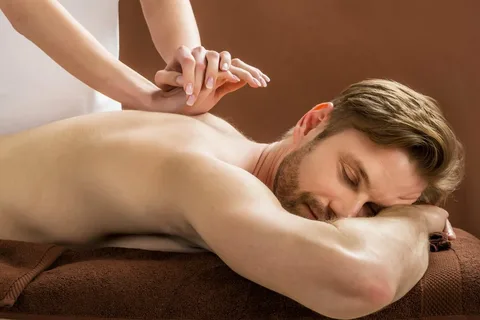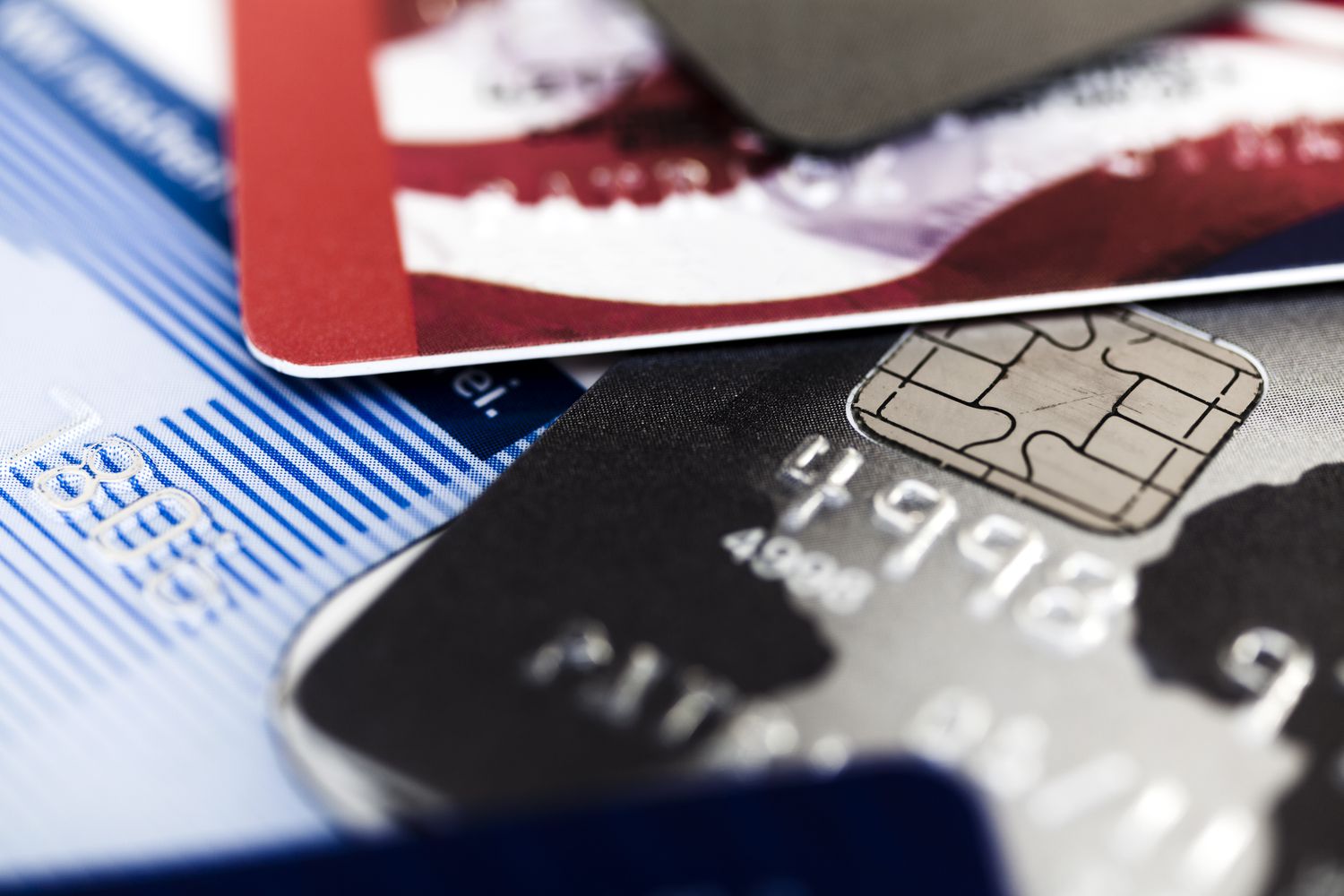What Really Causes Muscle and Joint Pain?
Understanding the root cause of your discomfort is the first step toward lasting relief. Common culprits include:
-
Arthritis – Inflammation in the joints leading to stiffness, swelling, and chronic pain.
-
Tendinitis – Irritation of tendons due to overuse or repetitive movements.
-
Fibromyalgia – A condition marked by widespread muscle pain, fatigue, and hypersensitivity.
-
Muscle Strains – Overstretching or tearing of muscle fibers, often due to physical exertion or accidents.
Though each condition is unique, they all share one thing: a major impact on your mobility and quality of life.
How Massage Therapy Eases Pain
Massage therapy is more than just a relaxing experience—it’s a targeted treatment that helps restore balance to the body. Here’s how:
✅ Boosts Circulation
Massage enhances blood flow, delivering oxygen and nutrients to sore areas. This speeds up the healing process and reduces inflammation.
✅ Relieves Muscle Tension
Tight muscles can strain joints and limit movement. Massage helps release that tension, improving mobility and comfort.
✅ Releases Natural Painkillers
Massage stimulates the production of endorphins—your body’s feel-good hormones—which naturally reduce pain and elevate your mood.
✅ Reduces Stress and Anxiety
Pain creates stress, and stress worsens pain. Massage breaks this cycle by calming the nervous system and promoting deep relaxation.
✅ Improves Flexibility
Regular sessions increase the flexibility of muscles and joints, making movement easier and reducing the chance of future injuries.
Top Massage Techniques for Pain Relief
Not all massages are the same. The key is choosing a style that targets your specific pain points:
-
Swedish Massage
Gentle, flowing strokes designed to promote relaxation and improve circulation. -
Deep Tissue Massage
Focuses on deeper layers of muscle and connective tissue—perfect for chronic pain and muscle stiffness. -
Trigger Point Therapy
Targets muscle “knots” that refer pain to other areas. Applying direct pressure to these points helps release long-held tension. -
Myofascial Release
A slow, focused technique to release tension in the fascia (connective tissue), enhancing mobility and comfort. -
Sports Massage
Designed for active individuals. Helps prevent injuries, promotes faster recovery, and relieves targeted muscle soreness. -
Hot Stone Massage
Uses warm stones to penetrate deep into the muscles, promoting blood flow and total relaxation.
How to Choose the Right Massage Therapist
A skilled therapist can make all the difference. Here’s how to find the one that’s right for you:
-
✔️ Check Credentials – Make sure they’re licensed and certified in therapeutic techniques.
-
✔️ Ask About Experience – Especially in treating your specific condition or area of pain.
-
✔️ Read Reviews – Learn from other clients’ experiences.
-
✔️ Schedule a Consultation – Discuss your pain history and therapy goals beforehand.
-
✔️ Trust Your Instincts – You should feel safe, heard, and comfortable during each session.
Making Massage a Part of Your Pain-Relief Plan
For best results, massage should be part of a broader wellness routine:
-
🔄 Pair It With Other Treatments – Massage complements physical therapy, chiropractic care, and medication.
-
📅 Be Consistent – Regular sessions (weekly, biweekly, or monthly) help maintain progress.
-
🧘 Practice At-Home Care – Use foam rollers, stretching, or self-massage tools between sessions.
-
💧 Stay Hydrated – Drinking water post-massage helps flush out toxins released from the muscles.
-
📈 Track Your Progress – Keep notes on how your body responds and adjust your routine as needed.
Take the First Step Toward a Pain-Free Life
Massage therapy isn’t just a luxury—it’s a powerful, science-backed tool for managing pain naturally. Whether you’re looking to ease tension, move more freely, or simply feel better in your body, massage can help you reclaim control and comfort.
Don’t let pain define your days. Start your healing journey with the restorative power of massage—your body will thank you.
Let me know if you’d like a shorter version for social media or a visual layout for a blog!











